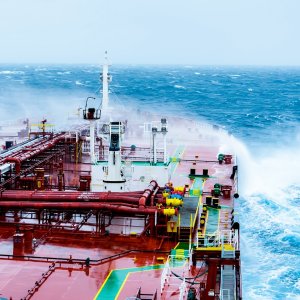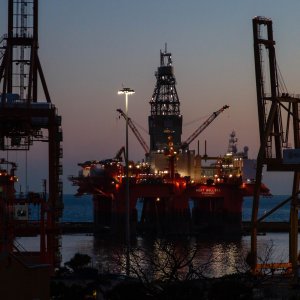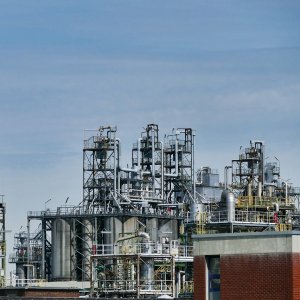Need for a Coherent Subsea Development Philosophy

STORY INLINE POST
According to Ernesto Iniesta Olaya, Commercial Director Mexico of FMC Technologies, FMC has a 75% market share of the subsea segment in the US Gulf of Mexico, which makes them the ideal partner as Pemex begins to explore its options for developing subsea infrastructure. Iniesta Olaya believes that the key step as Pemex weighs the advantages of installing subsea infrastructure at its deepwater projects is to work out which discipline of subsea development it will use, so that it can be applied across all projects. “Different companies have differing standards regarding subsea infrastructure, and Pemex needs to make sure that it has defined which techniques and technologies it should use across its operations so that when multiple companies come together for projects, the infrastructure can be installed smoothly and without complication,” says Iniesta Olaya. “This is something that all companies specialized in subsea infrastructure can help Pemex to achieve, and the result will be that potentially high-risk situations can be avoided.”
Iniesta Olaya believes that following the Macondo blowout and the increased focus on safety and security in the offshore oil and gas industry, developing a coherent subsea development philosophy is now a key prerequisite for any deepwater development. “As separate infrastructure and construction projects join together to form a single system, it is the interfaces where different contractors and technologies meet where problems have a high chance of occurring. If the operator, in this case Pemex, has taken steps to decide on a holistic philosophy behind project development, then these risks disappear.”
For Pemex’s deepwater projects, Iniesta Olaya believes that standardized, proven technology will be best. “We will most likely be able to use standard technology in the Mexican sector of the Gulf of Mexico. By using existing technologies, we are helping to further reduce the risk that Pemex must face. As sole operator in Mexico, there is a lot of pressure for the NOC to minimize risk as much as possible. Simple technology is the first step, but working together as an industry will also go a long way towards making Pemex’s move to deepwater as safe as possible. The biggest problem behind the Macondo blowout was a lack of communication between technology providers. We need to work as an industry to ensure that this does not happen in Mexico.”
Although the industry is committed to working with Pemex to develop this subsea philosophy, Iniesta Olaya says that the impending elections will be a hurdle, as they potentially spell a change in leadership across the company. “We have worked hard over the last few years to establish a relationship with Pemex in order to help them develop their experience and understanding of subsea infrastructure. With the expected changes at Pemex in 2012, we will have to work extra-hard to ensure that we maintain our position as the go-to partner for subsea development. Our experience globally helps us deserve that position, but our presence in Mexico and the work we do here in the country is what will help us to re-establish ourselves in this segment if needed.”



















